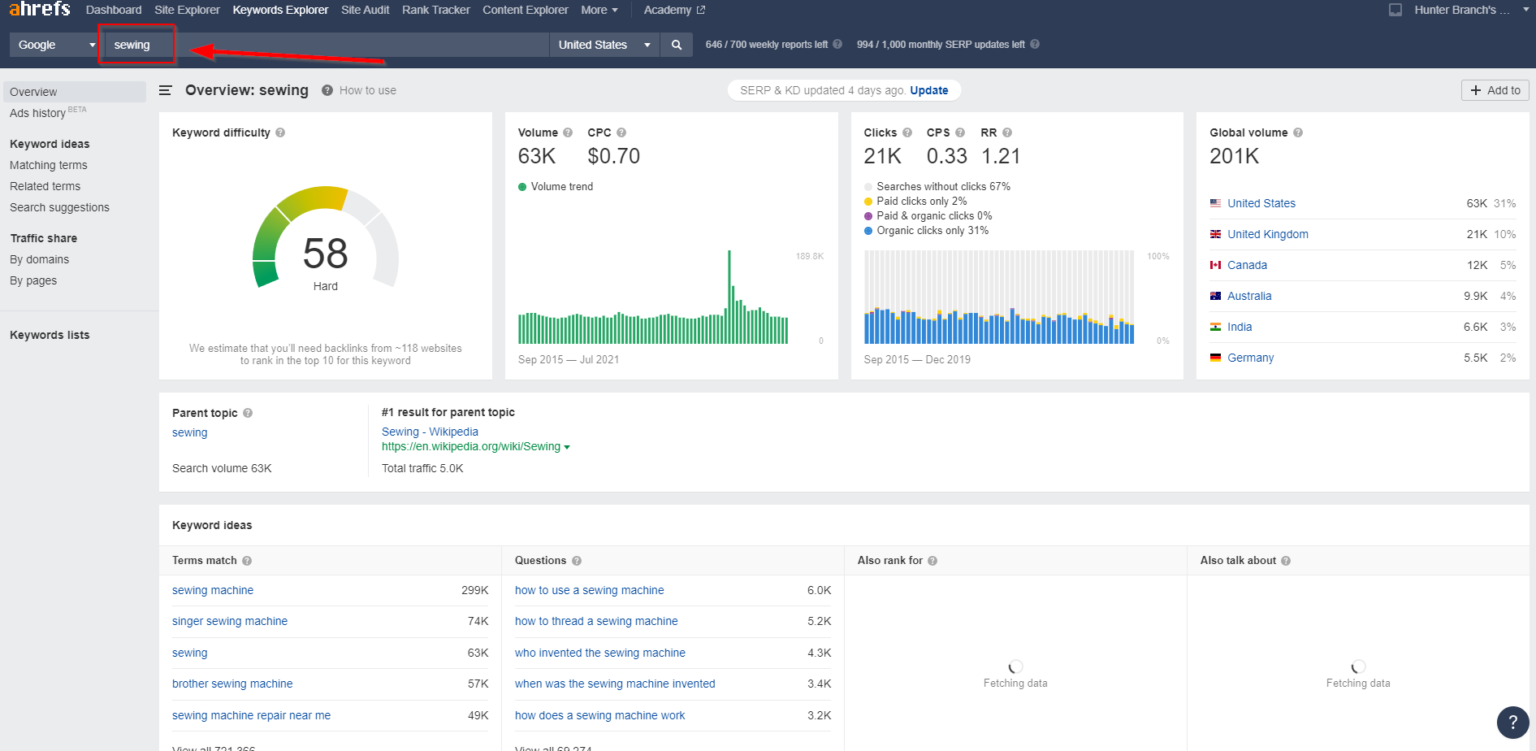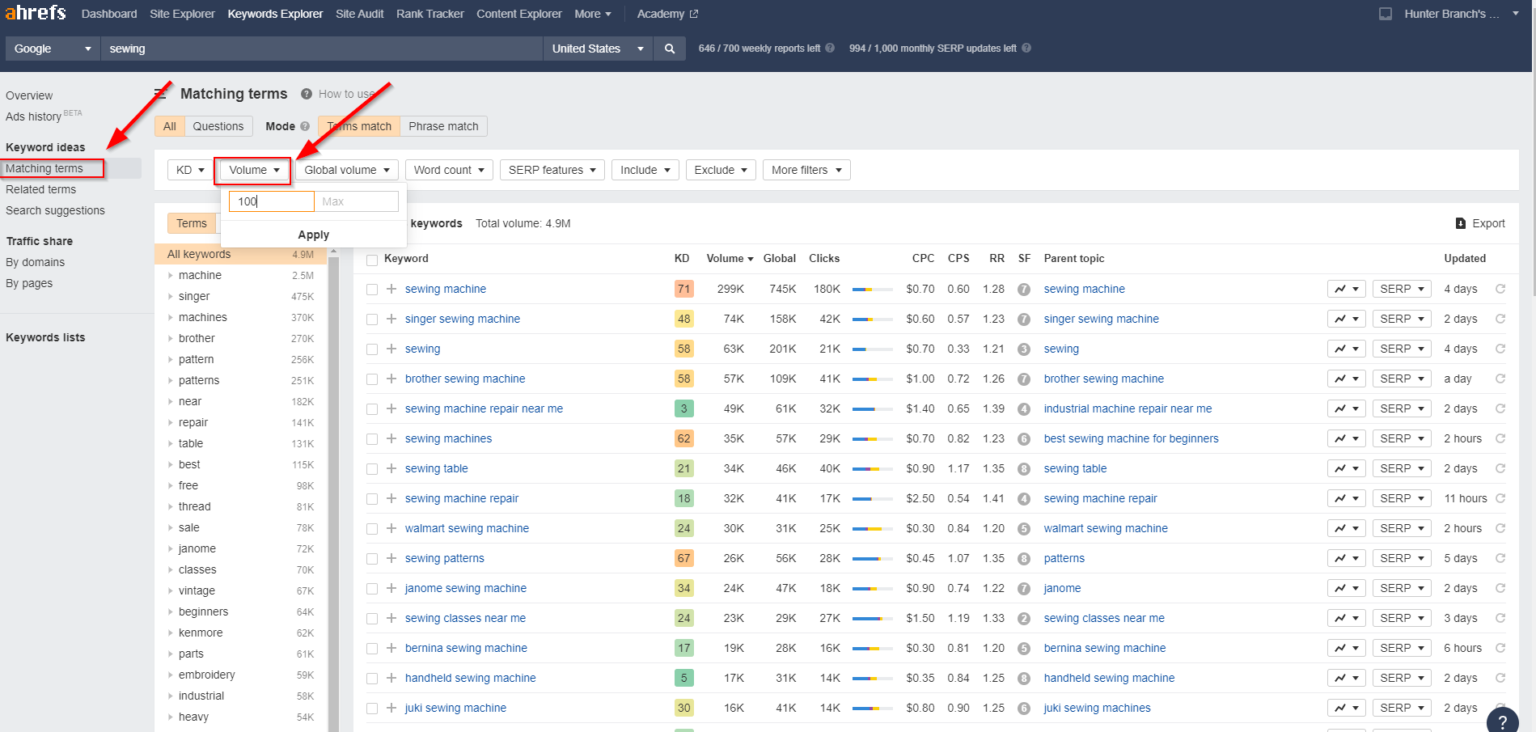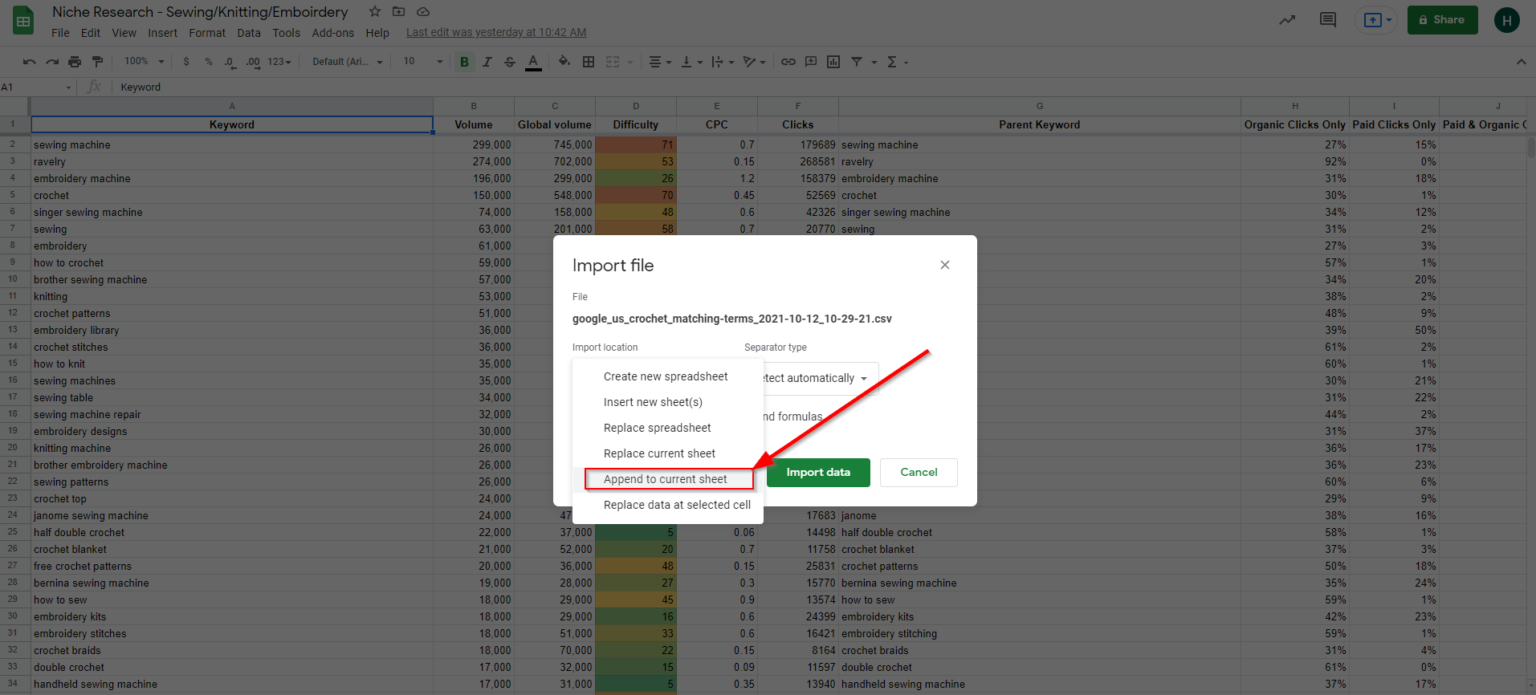This is my favorite kind of case study.
Why?
Because it’s an affiliate site I started from scratch.
And that means I can show you all our SEO secrets.
Which is exactly what I plan to do in this case study. 🙂
You’re about to see a proven process you can use to see explosive traffic.
The crazy part about it is…
It’s not going to blow your mind.
I’m not coming up with new concepts or strategies here.
I’m implementing proven strategies that you’ve probably already heard of.
So, why do I get results when other people are trying the same things?
Because I take a different approach to the strategy and execution.
And that’s what I’m gonna show you in this case study.
The Details…
I launched this site in late March of 2021 after finding an incredible traffic opportunity on a topic near and dear to my heart.
I’d tell you what it is, but I’d have to kill you.
But I will tell you how I found it…
I have this weird habit of looking up search traffic for random things.
I guess it started out of boredom, but it quickly grew into something my entrepreneurial nature couldn’t resist.
Any time I heard some talk about a hobby, product category, or a topic, I’d pop some keywords in Ahrefs.
I’d then use the “Search Suggestions” and “Related Keywords” reports to see what kind of things people search within those particular topics.
Every time I saw an interesting keyword on a new subtopic, I opened a new tab in Ahrefs and repeat the process.
And after 6 months or so, I found a golden opportunity.
It was so low competition and had such great traffic opportunities that I started the site immediately.
Here’s how I took advantage of the opportunity I saw:
The 5 Key Things I Did to Build This Site From Scratch to 24,000+ Monthly Sessions in 9 Months
1. Implement a Low Competition / High Traffic Keyword Strategy (with a Twist)
Everyone talks about targeting low competition and high traffic keywords.
But almost no one talks about the #1 way to figure out a keyword’s true level of competition.
Because while metrics like Ahrefs’ KD or average CPC numbers from Google Ads are helpful, they don’t give you the full picture.
The best way I’ve found to figure out if a keyword is truly within striking distance for your site is by looking at the Domain Rating and Domain Authority scores of the top 10 sites for that query.
In this case, I found several keywords for my affiliate site that were 1,000+ volume and 0-5 KD. I then took those keywords, searched them, and analyzed the scores of the ranking sites.
The fact that there were several sites under 10DR ranking on page 1 confirmed my theory that these keywords were low competition.
And when I wrote articles targeting them and built some links, I hit the first page within 3 months.
That’s a huge reason I got so much traffic so fast.
So, how can you replicate this?
Start by searching super broad keywords in the Ahrefs keyword explorer

Then head to “Matching terms” and add a filter for traffic > 100.

Then, export the results and import them into a Google Sheet.
Repeat this process using the “Related terms” report and import those into the same spreadsheet (using “Append”).

Do this again for any other broad keywords you can think of within the niche you’re researching.
Once you’re done, sort the sheet by Difficulty from lowest to highest and look for keywords with 500+ search volume.
This will help you quickly spot “golden egg” keyword opportunities within your niche.
2. Focus on Building Topical Authority
True keyword difficulty is a HUGE factor in how fast you’ll rank.
But it’s not the only factor that plays a significant role…
You also have to build topical authority in Google’s eyes.
What does that mean?
Essentially, focusing on thoroughly covering a specific topic.
This is critical because it’s in line with Google’s goal: giving its users the best answers to their queries.
And part of determining “the best answer” revolves around the trustworthiness and authority of websites providing those answers.
(This has a ton to do with EAT and Semantic SEO—two topics that are much deeper than we can cover in this article.)
Because of this, a website that thoroughly covers coffee (for example) often has a better chance at ranking for terms about coffee than a site that covers coffee, tea, and smoothies.
And I used that theory to build this affiliate site.
I made this entire website around a very specific topic (the topic is even in my domain name).
And I only created content on that topic.
Even more, I created as much content as I possibly could around that topic so I had great coverage (29 articles at the time of writing).
And this level of focus and coverage enabled me to outrank a 77DR website with my 4DR site.
So, how can you apply this to your site’s SEO?
I recommend starting by auditing your website’s categories.
Figure out the key topics you create content around, then focus on building out your “coverage” of each category. This usually means finding every keyword “cluster” in your niche and creating content for them.
You don’t have to have a super niche focus on the kind of content you create if your site is already 40-50DR+, but you do need to focus on thoroughly covering every topic you write about.
A site like healthline.com, for instance, covers just about everything but outranks everyone because they have so much content.
It’s all about coverage, content quality, and link quality.
3. Make the Most Simple Site Architecture Possible
Building on the last point, you also need to focus on the technical side of creating your topical authority.
That means making your site’s content as easy to navigate as possible.
Luckily, that’s super simple for most blogs.
All you really need to do is provide users with an easy way to view content by category.
This can be as simple as auditing and trimming down your categories and providing links to them in your navigation bar (or as a drop-down in your navbar under the “Blog” link).
It seems way too easy but it makes a huge difference because it helps Google understand your site.
A common rule of thumb that I recommend is making sure every important page on your site is 2-3 clicks away from the homepage.
4. Acquire Uber-Relevant Links with Ego Bait
This isn’t new—I’m talking about the age-old strategy where you create something that makes a brand look good and try to get them to link to it.
Think expert roundups, reviews, and flattering case studies.
Some claim this strategy is “dead”.
But they only say that because it didn’t work for them—and that’s usually because they didn’t provide the other site with real value.
They either:
- Didn’t have a big enough audience for the other site to care
- Didn’t have a high enough DR
- Or were super spammy with their outreach
Because this does work if you provide the other brand with value.
And it worked wonders for my 4DR site.
How did I implement the ego bait strategy to build great links to a brand new site?
When analyzing competitor backlink profiles using Ahrefs, I discovered that certain brands in my niche had press pages where they listed positive reviews of their products.
They linked to just about any kind of site that was within the niche and said nice things.
So, I reviewed their products and let them know about it.
That resulted in a handful of initial links from super relevant sites—and that was all my affiliate site needed to start ranking in this low competition niche.
I’ve used this tactic across just about every project I’ve ever worked on.
And it will work for you if you make sure what you provide brands with value (either in the form of reach, a good link, or name recognition).
5. Mix Affiliate Content with Informational Content
The final part of my strategy was making sure I didn’t have too much content with affiliate links.
This site was designed to generate affiliate income, but I kept my ratio of affiliate to informational content low because of a recent study by Matt Diggity.
In it, the data suggests there’s a correlation between sites with high affiliate content ratios and ranking drops from algorithm updates.
And that makes sense when you think about it.
Google wants to serve its users the best answer to their questions—and a site that’s clearly trying to make a commission from every page likely has highly biased content.
So, to counteract this, I only created 3 affiliate articles out of the first 20 pieces of content.
The Results…

Within 3 months, I secured top 3 positions for 100s of keywords that a new site has no business ranking for.
And at the time of writing this, the site has been growing by 50-100% per month.
But that’s not all…
It’s also on pace to make $2,000+ per month and generate 250 new email subscribers per month at the time of writing. All from SEO traffic.
Want Us to Do This for You? Get a FREE Website Analysis
Grab a spot on my calendar below to schedule your FREE 30-minute website analysis where we’ll jump on a call and show you:
- The biggest low-hanging fruit opportunities we see for increasing your traffic and leads within as little as 30 days
- How we recommend implementing the strategies discussed in the training for your specific situation
- And answer your questions about ranking and growing your blog as on of your best marketing channels (we usually charge for this!)
Ready to Scale Your Business?
Want to chat about how we could work together to grow your business? Click the button below to book a call.